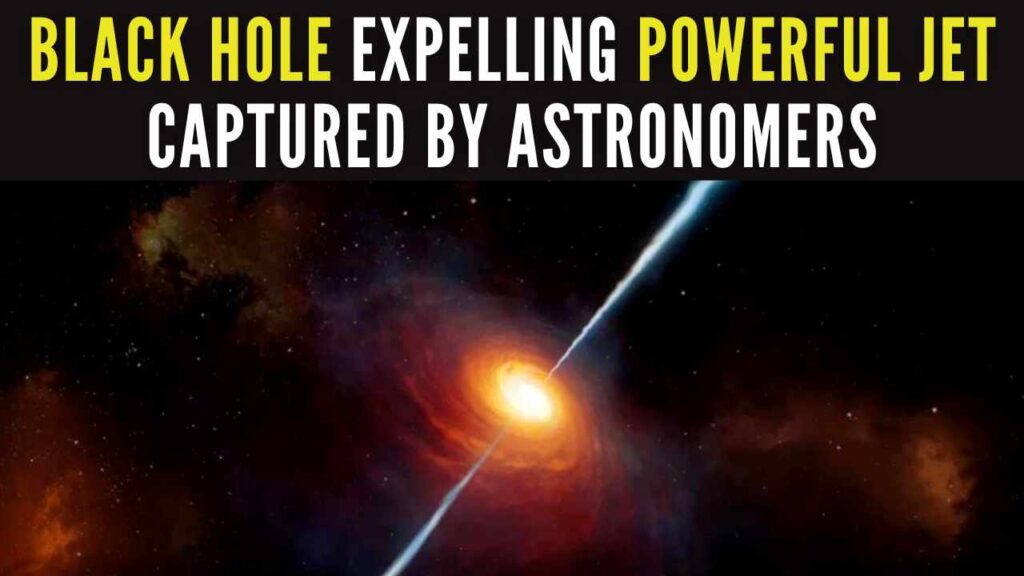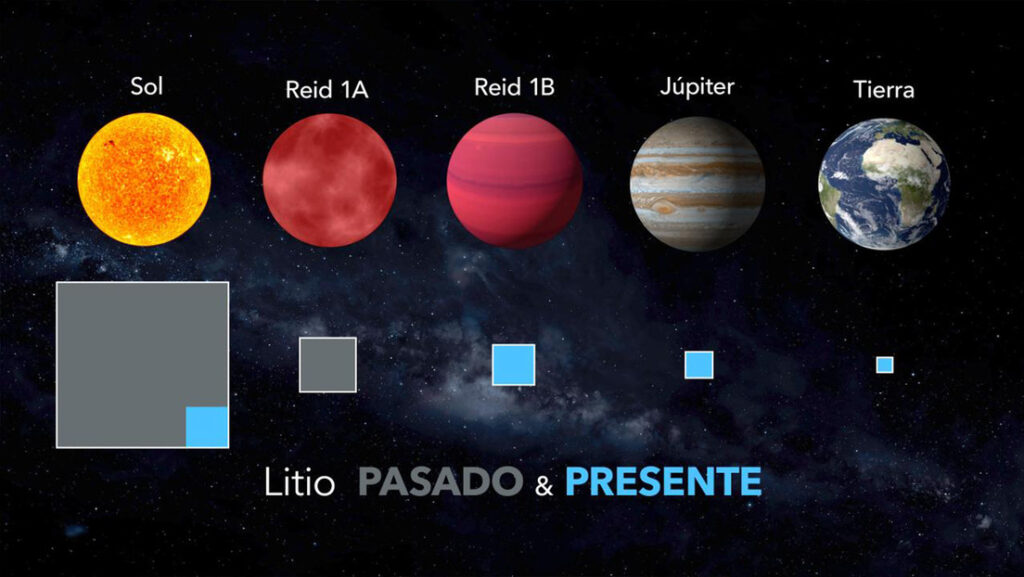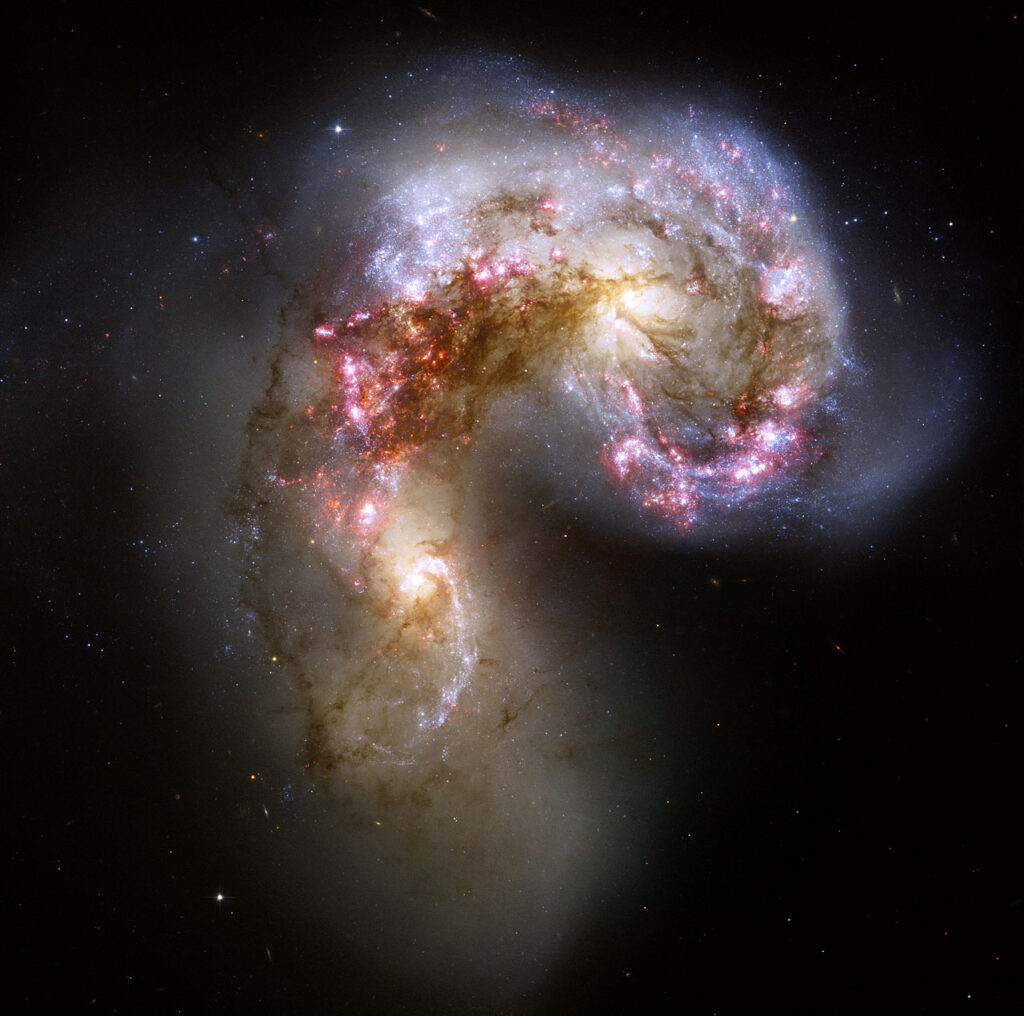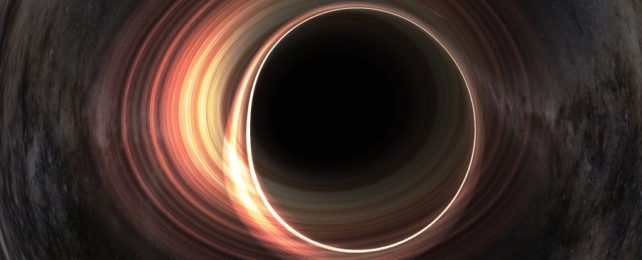
Stories of ships and planes disappearing over the Bermuda Triangle gave many of us the heebie-jeebies as a child. Then we all grew up and conclusively decided that black holes were more concerning, primarily due to the media convincing us that something sinister might lurk inside one or that we could be sucked into one any day.
In some ways, this transition makes sense; we can venture to the North Atlantic Ocean and investigate the Devil’s Triangle any time we want. However, studying a black hole is exasperating because, unlike the Triangle, it is impossible to simply walk away from a black hole.
Their tremendous gravitational fields completely overwhelm the fact that they’re too far away to extract large amounts of information from — and thankfully so. However, since black holes are some of the most extreme phenomena in the universe, understanding them could answer some of the most fundamental questions in physics.
Therefore, scientists have to resort to alternate methods of studying one. In a new experiment, a bunch of brilliant researchers created a single-file chain of atoms that simulated the theorised conditions of the outer reaches of a black hole. This revealed a Hawking radiation equivalent — something that has been theorised since 1974, but has never been observed before.
However, before we get ahead of ourselves, let’s learn more about black holes. The boundary from which no matter — not even light — can escape from the enigmatic clutches of a black hole is called its event horizon. Stephen Hawking had speculated that the fantastical and bizarre warping that occurs in this area would cause the emitting of mysterious Hawking radiation.
However, since this radiation is so faint, we can’t detect it yet. But when the scientists produced the one-dimensional atom chain, they could manipulate its electrons to make some properties vanish, effectively creating a black hole-like blackout scenario.
The researchers found that under specific parameters, this artificial event horizon caused a temperature rise that aligned with the theoretical expectations of an equivalent black hole system.
What this indicates is a mystery. The radiation could show that matter straddling the event horizon could be tantamount to the generation of Hawking radiation. However, the relative simplicity of the experiment means we don’t have to wait for a massive star to collapse and turn into a black hole in our labs to study one.
“This can open a venue for exploring fundamental quantum-mechanical aspects alongside gravity and curved spacetimes in various condensed matter settings,” the researchers write.
Recent Posts
- Astronomers detect first direct image of black hole expelling a powerful jet
- WhatsApp rolling out ‘reply with message’ feature within call notifications
- Multi-Device Pairing May Be Arriving for Apple Watch this Year
- Artificial Intelligence Discovers Hidden Giant, a Planet 5 Times Larger Than Jupiter
- Google CEO Sundar Pichai Talks Bard & The Future Of Search
Recent Comments

Astronomers detect first direct image of black hole expelling a powerful jet

Artificial Intelligence Discovers Hidden Giant, a Planet 5 Times Larger Than Jupiter

Scientists explain melting of Antarctic ice sheet dating back 9,000 years

An Unexpected Discovery: Hubble, ESA's Gaia Spot Double Quasar That Existed Over 10 Billion Years Ago

Astronomers detect first direct image of black hole expelling a powerful jet

WhatsApp rolling out ‘reply with message’ feature within call notifications

Multi-Device Pairing May Be Arriving for Apple Watch this Year


